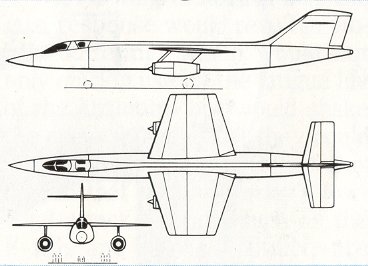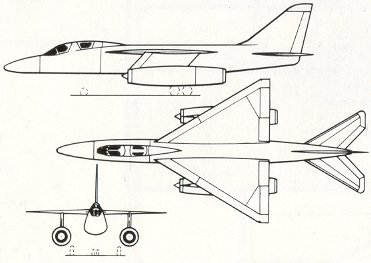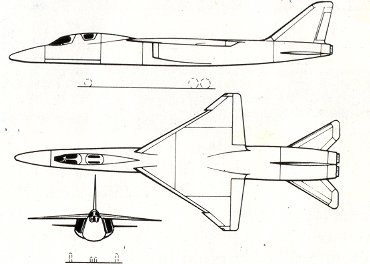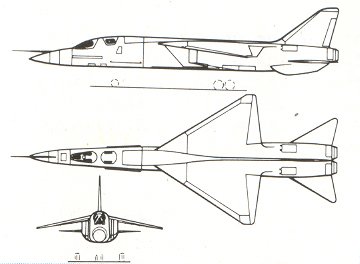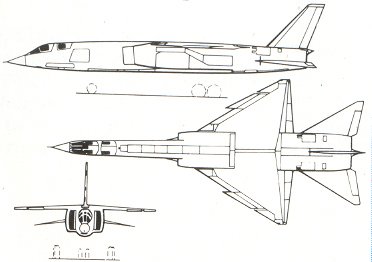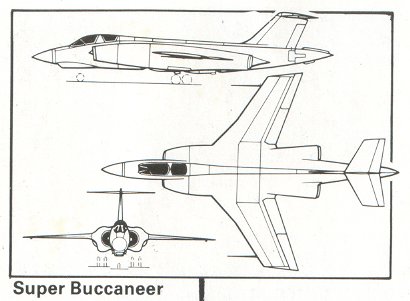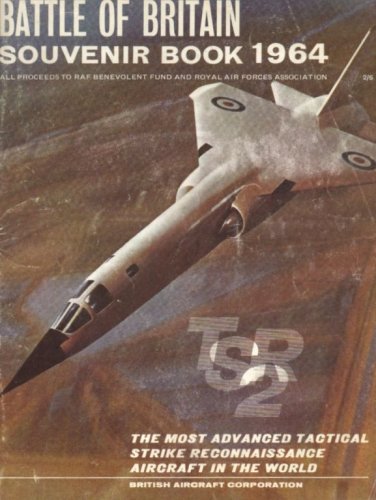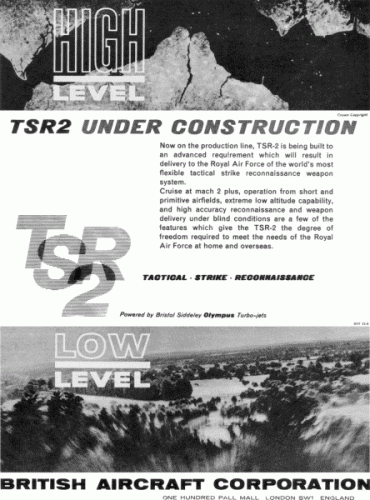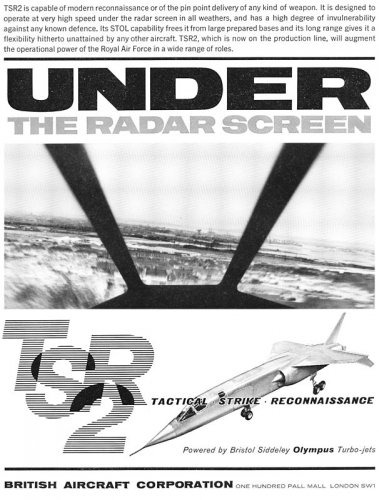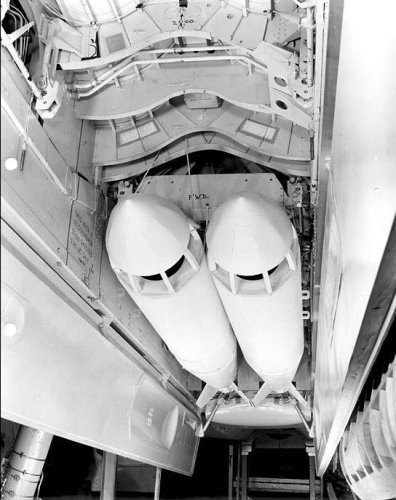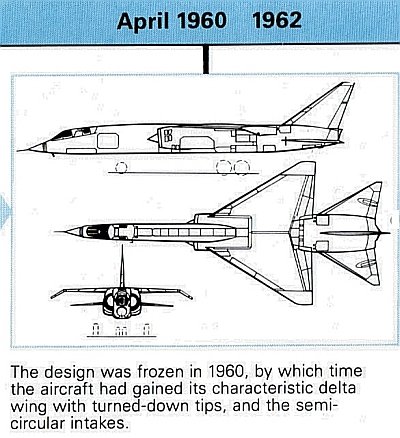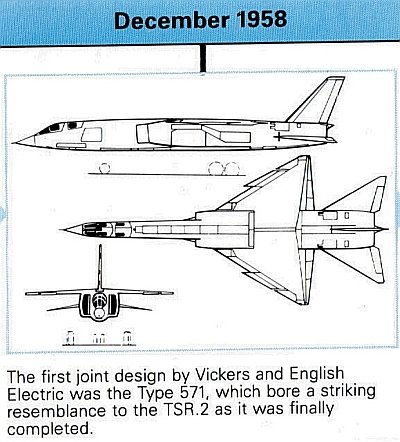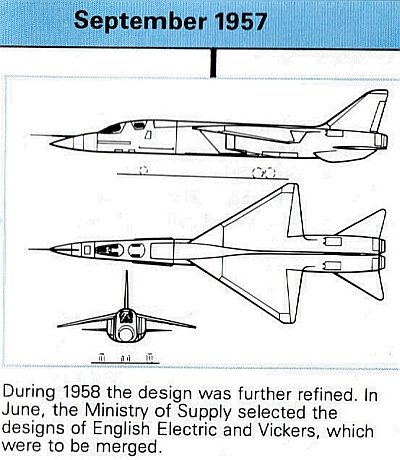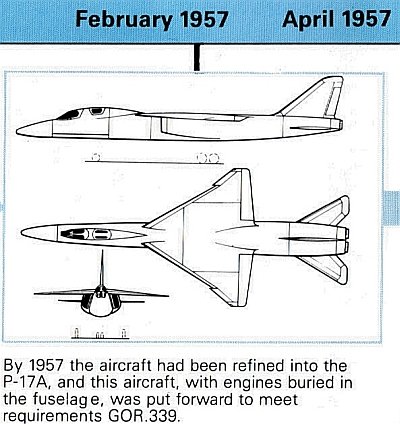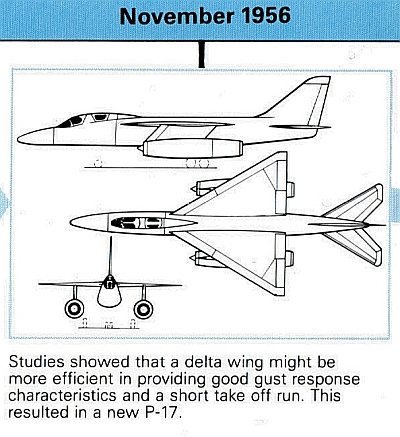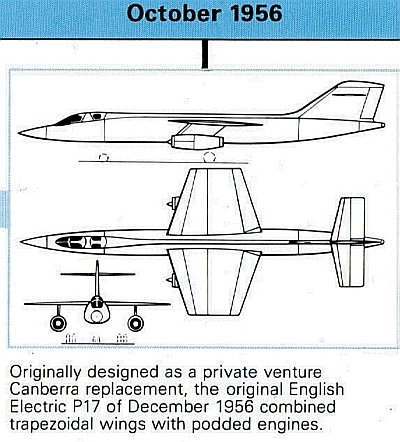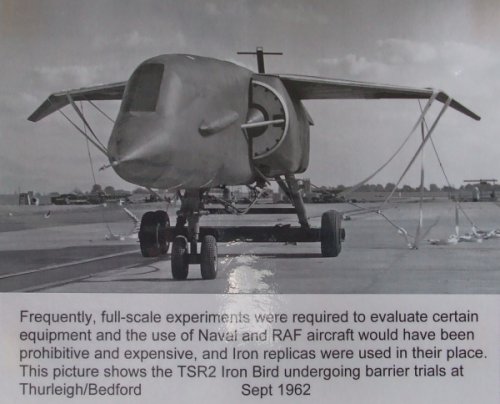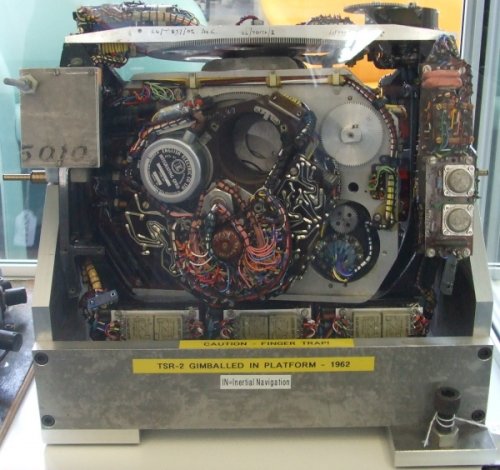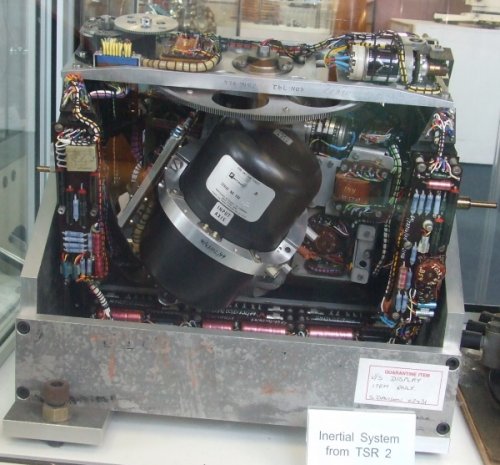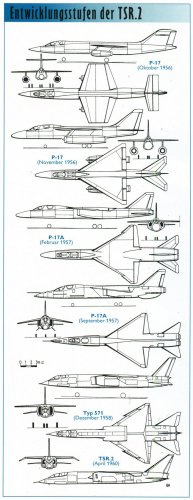Evidence (of the Fairey Swordfish link):
http://www.stevebroadbent.net/259c.pdf
this is Robert Nashes memoir on Steve Broadbent's site. As outlined in the document, Robert designed the cockpit and on the formation of the drawing office on 1 July 1960, was informed of the nomenclature by his boss. I'd consider a secondary source for history professionals!
V-Bomber naming was a grey area. Alliteration was the name of the game in the 1950s, and following Vickers decision to call their bomber the Valiant, Avro were going to call theirs the Albion, but I think the term V(engence) bomber was then coined (probably in a political speech?). The die was thus cast for Avro and HP.
In terms of the GR.1 designation etc, I stand ready to be corrected, but it isn't easy to see any long term logical pattern in type destination by the RAF. And using the Vulcan as an example, there are/were no two Vulcans the same - for example - the first 20 B2s were B1s with B2 wings fitted at a late stage leading to some documents giving a different designations of these B2s, and later blue steel capable B2s being termed the B.Mk2S in done documents (and what about capitalisation and full stops and 'Mk' !!!)
Regarding the 'Eagle' name, I believe there's a document from the period that 'reserved' several bird names for use as aircraft - Harrier, Perigrine, Eagle, Falcon and Tercel. I believe the P1154 was to be the Harrier. The internet types appear to have named the TSR2 as the Eagle (and the P1216 as the Peregrine!)

